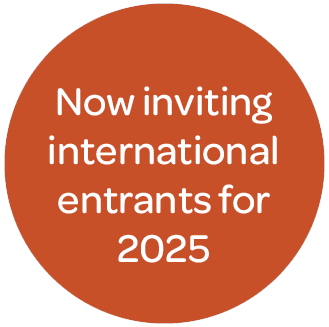Researching hard to reach groups
Explain Market Research Ltd
Vulnerable customer and ‘hard to reach’ research is a requirement that more and more insight and market research managers are having to address as part of their roles. Not only are regulators keen for organisations to demonstrate that they are inclusive, but there is huge value in businesses being more effective in their engagement with those who are in debt or utilising services inefficiently.
Vulnerable customers are often identified as those with long or short term illness, those living with disabilities or in poverty, and also customers who are elderly.
Hard to reach groups will differ depending on the organisation and the products and services which are offered, but can include:
- Non-English speakers
- Those who are in severe debt
- Those who have suffered a mental illness or struggle socially
- Individuals who have a drug or alcohol addiction
- Younger people who are not in education or employment
- Elderly who live alone and don’t have family or friends
There are many reasons why it is important for organisations to be able to reach out to audiences that can be more difficult to engage with. This can be from a socially responsible point of view, or to reduce inefficiencies. However, as the term suggests – ‘hard to reach’ is exactly that, so having the right approach is vital.
So how can an organisation grow relationships with those where there are perhaps more barriers in place that will allow them to do this?
As organisations are placing more importance on engaging with these audiences we have become experts in delivering research programmes that provide great insight into these key groups.
As every organisation is different and each of these groups are so very diverse, a one size fits all approach will not work in research. Careful thought and consideration as to how these groups can be engaged with is crucial. Below are just three important factors which need to be deliberated when putting in place research and engagement with hard to reach and vulnerable groups:
- Language
For example, there is little point in using technical jargon or business speak when engaging with a group of 16 year olds. This may seem obvious, however it is surprising how difficult it is to get a specific point across without making use of industry specific terms. This is very common in the healthcare sector for instance. We recently carried out research which found that although the terms ‘Primary Care’ and ‘Secondary Care’ are commonly used terms across the NHS, only 26% of the sample we spoke to actually understood the term ‘Primary Care’. And this isn’t just the hard to reach groups either, this is the general public.
- Tone
Tone is different to language, as it goes beyond the actual words used in any communications, whether a discussion guide, questionnaire, online survey or promotional material used to engage for the research. Tone should be adopted for the audience – a formal approach will not encourage those who are young to participate in any research, as this can be intimidating. Having a moderator in place who is able to adapt to the audience is vital. For questionnaires, more visuals can be used. There are lots of creative ways in which you can communicate with your respondents, to make them feel at ease and more willing to open up and participate.
- Methodology and Selection
Usually a methodology is largely selected on the type of insight that is required, however carrying out telephone interviews or on-street surveys as you require a quantitative analysis will gain little return with a disengaged group, while trying to recruit on-street to get people who have issues socially to come along to a focus group at a public space such as a hotel will not be successful either. Methods such attending pre-arranged groups or community sessions are an extremely useful way to engage with the hard to reach. Not only are you going to them, they are also in their own environment so will feel naturally more comfortable and more willing to participate. Offering experiences is also a fantastic way to encourage some hard to reach groups to participate in research. Activity days that will provide them with some value and an enjoyable experience will not only encourage them as respondents to attend, but also will make individuals feel more at ease and start to participate more with a skilled moderator. Online communities which already have a specific audience type are a great way to engage with those certain groups. There are online communities available which specialise in certain profile types; for example, an online community made up of people who have a disability, or who care for those who do, is an excellent way to carry out a range of qualitative or quantitative research.
Our team at Explain Market Research are experts at putting in place research programmes with vulnerable customers and those who are hard to reach.
Advertisement
Get the latest MRS news
Our newsletters cover the latest MRS events, policy updates and research news.














